

Microsoft’s Xbox isn’t doing so well these days. The new console’s potential was squandered by poor planning and underwhelming hardware. A lack of quality exclusives is part of the problem; there just aren’t enough games, either currently available or in development, that take advantage of the Xbox One’s hardware.
Perhaps the answer is to look backwards at old franchises that had potential but, for various reasons, never hit their stride. There are numerous examples in the history of Xbox and the Xbox 360, and some of them could be resurrected to provide compelling content for Microsoft’s floundering hardware.
This franchise can be summed up with three words, really; Mechwarrior with planes. While that may sound daft, it’s quite accurate. Like Mechwarrior, Crimson Skies is based on a tabletop franchise designed by FASA that features significant customization and support for open-ended campaigns, elements that were harnessed to construct a PC game in 2000 and an Xbox game in 2003.
While these games were a cult success, they were hampered by bugs (in the PC version, at least) and the technical limitations of early online play, a feature that was core to both titles. Today’s more mature server infrastructure would give this franchise’s arcade-style dogfighting a chance to shine, and it’s easy to imagine a deep progression system to keep gamers coming back for more. The game’s arcade style means planes are not bound by realism, or even basic physics, and can be equipped with insane weapons and gear.
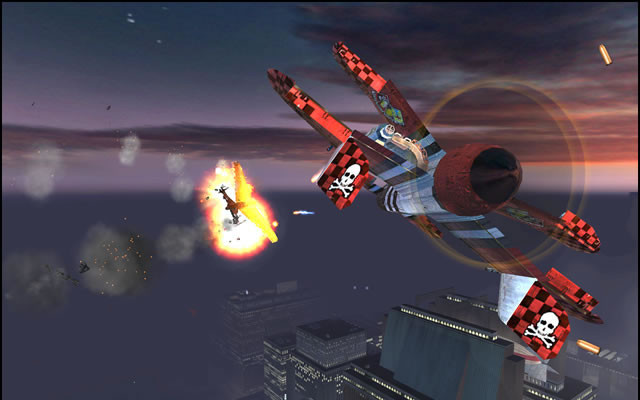
Crimson Skies might even give the Kinect a chance to shine. Dogfighting games rely on situational awareness and head-tracking via Kinect could be used to let players glance around their cockpit in an attempt to spot and maneuver around enemy fighters. This could even be used to access special weapons or defenses – image, for example, a big red button controlling a super weapon that can only be used by glanced to the side, making you vulnerable to attack. Combine this with the Xbox One’s powerful hardware and you have the recipe for immersion rarely seen outside of the racing genre.
Could it happen? Absolutely. Microsoft, owner of the franchise, licensed Crimson Skies to a company called Smith & Tinker that was supposed to build a reboot. The studio ran out of money, however, so the IP likely reverted back to Microsoft (and even if not, it probably wouldn’t be expensive to acquire).
Released in 2006 in Japan and 2007 globally, Blue Dragon was Microsoft’s attempt to appeal to fans of jRPGs. The game’s lead designer was Takuya Matsumoto, also known for Panzer Dragoon and (more recently) the popular Wii game The Last Story. In typical fashion, however, Microsoft hyped Blue Dragon and then promptly abandoned it when it didn’t look like an instant hit.
That’s a shame, as Blue Dragon brought much-needed diversity to the Xbox platform and was a damn good jRPG in its own right, though reviewers generally thought it a tad short of the genre’s very best. Based on an original IP, the game offered deep role-playing elements but avoided the “grim-dark” look of many more modern fantasy role-playing games.
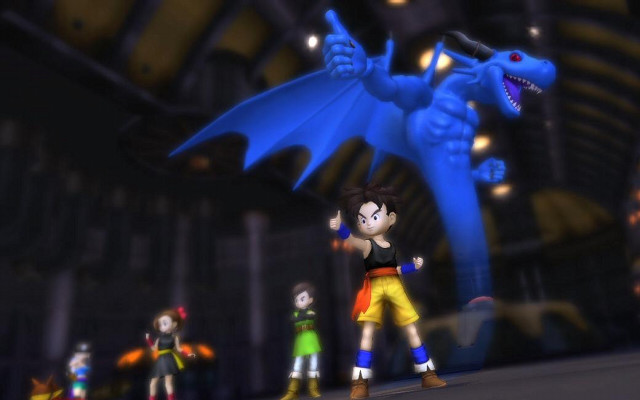
A modern incarnation of the game wouldn’t have to be much different from the original. Some modernization and gameplay innovations would be great, sure, but simply pulling off a solid jRPG would give the Xbox appeal to gamers that otherwise wouldn’t consider it. In fact, Blue Dragon might appeal to more than “just” jRPG fans because the Xbox is currently hurting for games that offer a deep story and hours of role-playing content. Even Nintendo, which has famed franchises like Zelda and Xenoblade, beats Microsoft in this arena.
Could it happen? Maybe. One of the development studios involved in the game, Mistwalker, went on to produce two more games, but they were released on Nintendo hand held platforms. Presumably that studio still owns the IP. Since the franchise hasn’t seen another release on a home console it’s probably not a stretch to say Microsoft could entice Mistwalker into developing a new game with a bit of incentive to sweeten the deal.
Released for the Xbox in 2002, Blinx was a platform with time-manipulation elements and a furry feline protagonist that was heavily hyped in the months coming up to its release under the tagline of “first 4d platformer.” But the game misfired at release; reviewers cited poor controls and overly difficult gameplay as barriers to enjoying the time mechanic to solve puzzles. A sequel was developed in 2004, also for Xbox, but it too sold poorly, and the series was abandoned.
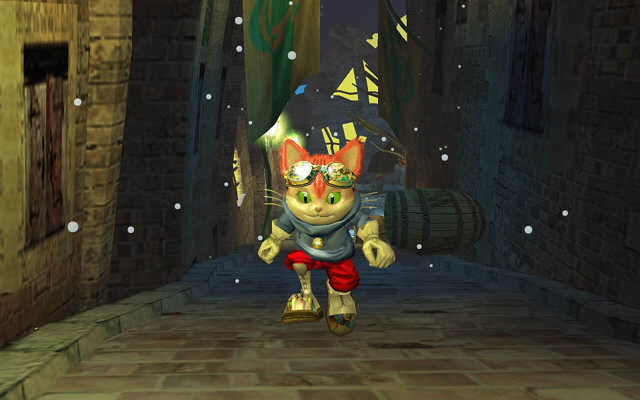
Back then, amid numerous games offering platforming elements and cute protagonists, Blinx didn’t stand out. Today, however, the Xbox has difficulty appealing to young customers and families. The unofficial mascot has become a soldier shooting another soldier in the head, infinitely, until the end of time; a clever platformer with a cute cat could be just what Microsoft needs to lighten up its image in a post-meme world.
Other games have since used time manipulation, but it remains a relatively unique mechanic, and it could be combined with any number of innovations to provide fresh gameplay. Microsoft would only need to ensure a revitalized Blinx didn’t share the intimidating difficulty of the original.
Could it happen? The rights to Blinx are confusing. The game was developed by Artoon, which was acquired by AQ Interactive, which merged with Marvelous Entertainment. Still, Blinx wasn’t a hit, so Microsoft could probably acquire the franchise for a small sack of coin. And, if that didn’t work, a “spiritual successor” might; it’s not as if an anthropomorphic cat is terribly original IP.
Released for the Xbox 360 in 2006, Chromehounds is that other, other mech game, and a lot of folks confuse it with Steel Battalion. The two share some similarities in their focus on relatively realistic combat but they’re otherwise different. In particular, this game focused heavily on multi-player combat through an online campaign called The Neroimus War, which let gamers fight over territory in intense squad-based matches.
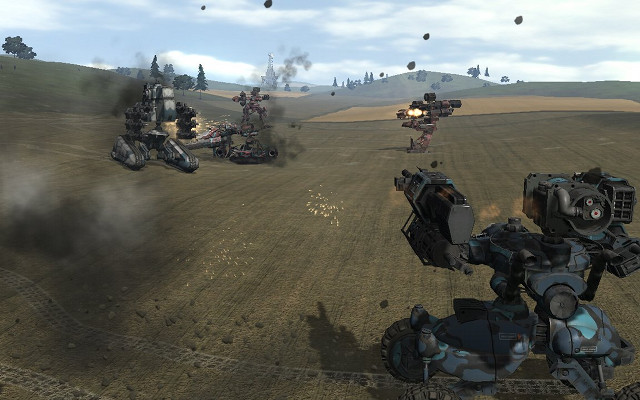
The game proved a cult classic among gamers who enjoyed its deep gameplay and extensive customization. These traits made it almost impossible for a lone gun to win multi-player matches, as each team required a combination of mechs in various roles to prove victorious. With that said, Chromehounds didn’t have the variety of multiplayer match-ups you’d expect from a title that was built for online play and the graphics weren’t as advanced as gamers expected. The servers are now closed, so the lackluster single-player experience is all that remains.
This franchise is suitable for a reboot for the same reasons as Crimson Skies. Today’s more mature multiplayer infrastructure could it let shine and the extensive customization aspect could provide an amazing progression hook to keep players interested. I can easily imagine occasional DLC releases, as well, which might update the ongoing war with new maps and game types. The lack of such updates to the original game contributed to it’s decreasing popularity and eventual server closure.
Could it happen? Maybe. Chromehounds was developed by From Software – yes, that From Software, the developer of Dark Souls and Armored Core. The game only released on the Xbox 360, and rights to the franchise appear to lay with the developer. A sequel could be developed if Microsoft stuck a large enough carrot (made of money, of course) in front of From Software’s face. The only problem is the fact Sony has already courted the developer for a new PlayStation exclusive called Bloodborne.
There is a game on Steam Early Access known as M.A.V. that calls itself a spiritual sequel to Chromehounds, but it is not developed by From Software or anyone related to the original game.
Arguably Bioware’s most under-rated and uncharacteristic game, Jade Empire was released for the Xbox in 2005 and has been subsequently re-released for Xbox 360 and Windows. This is the only role-playing game ever made by Bioware that didn’t have a firmly “western” setting and it’s one of only two RPGs from the studio to never receive a sequel (the other, hilariously, is Sonic Chronicles: The Dark Brotherhood).
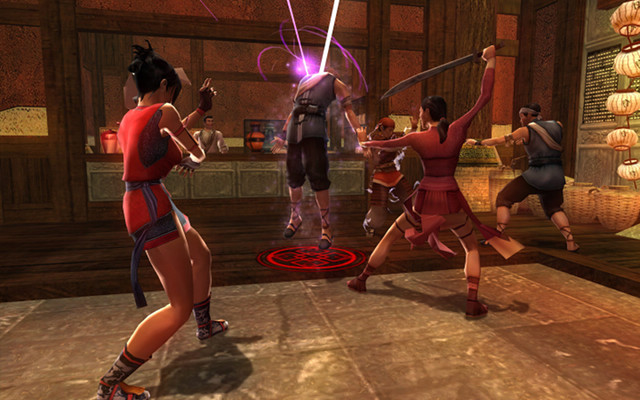
The story of Jade Empire provides a moralistic light-side/dark-side approach that lets players choose between “good” and “bad” to see how their decision change the story. To be frank, this wasn’t original even in 2005, but the game makes up for it with deep character development and a combat system that plays on the setting’s theme. The main character can slow time with focus, lash out with powerful chi strikes, and combine them for devastating results.
There’s also, of course, the mandatory assortment of Bioware characters that can join your party to lend their skills and attitude. Anyone who’s played a game from the studio knows to expect this, but that doesn’t make them less enjoyable. Teaming up with NPCs is half the fun.
Could it happen? Almost certainly not. Bioware is now owned by Electronic Arts, which like all large publishers is exclusively interested in cross-platform development. A new, platform-exclusive Jade Empire would be the perfect way for Microsoft to shore up its weakness in the RPG genre, but there’s little chance EA could be convinced to partner on it.
These five titles are games that not only are under-rated but also never had a chance to truly shine because of when they were released. Some were ahead of their times, others hit the market while it was saturated with similar games, and others launched a bit half-baked. What they all have in common is the fact they should shore up weaknesses in the current Xbox One library.
What do you think of these games? Would you like to see them re-appear as Xbox exclusives, or are there others you’d be more excited to play? Have your say in the comments!
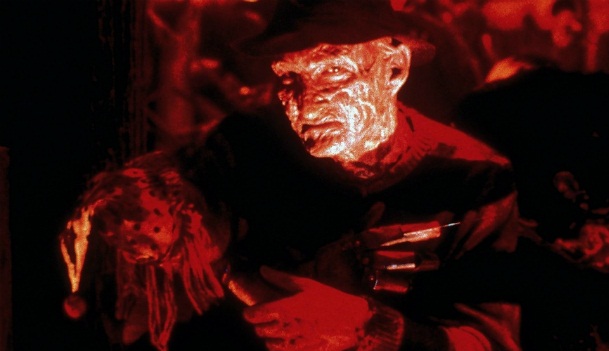
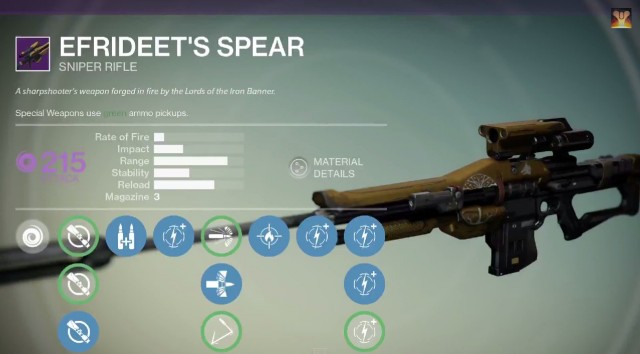


 Heroes of the Storm (PC) Side Quests Guide
Heroes of the Storm (PC) Side Quests Guide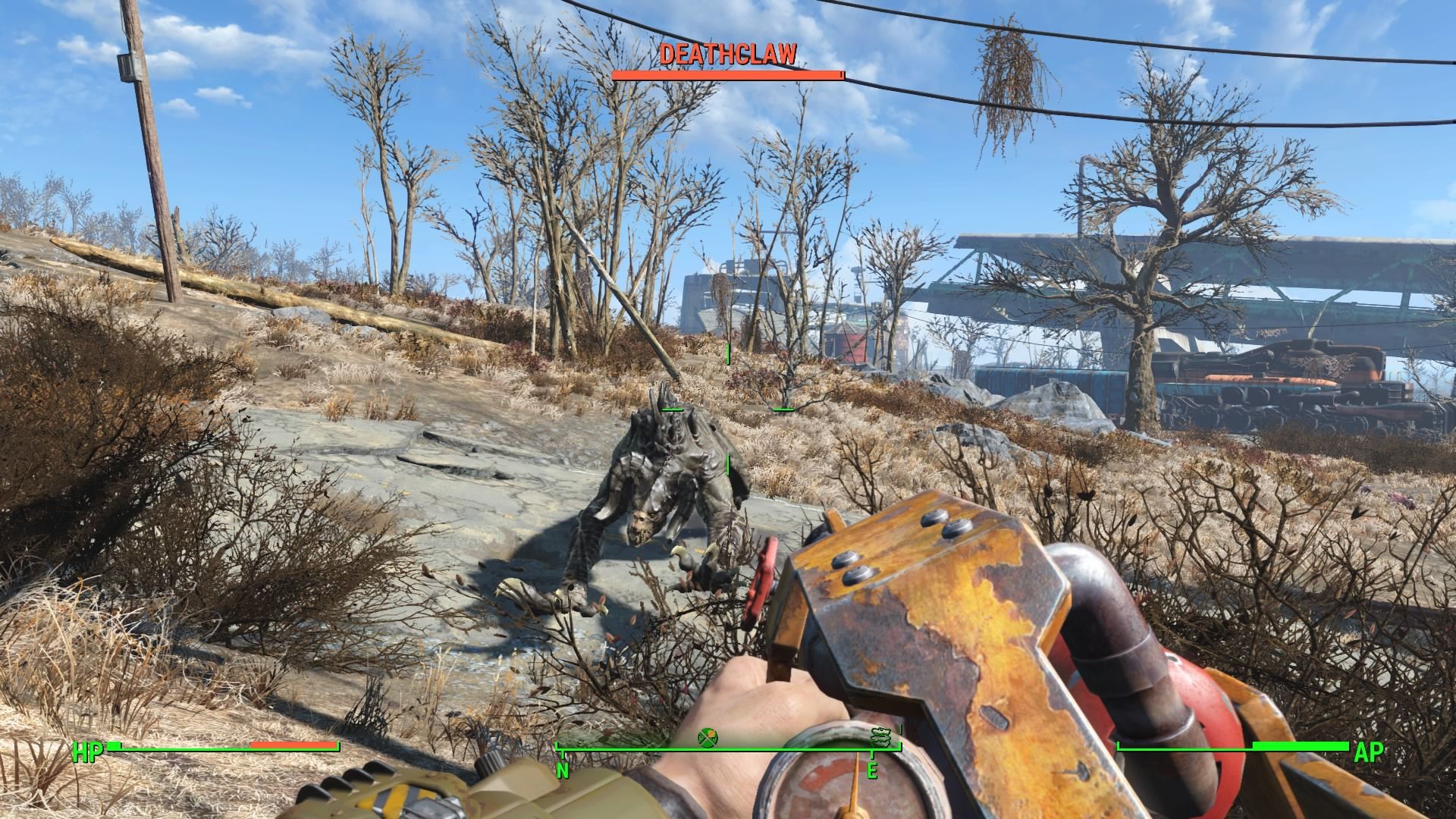 Fallout 4: Resettle Refugees walkthrough
Fallout 4: Resettle Refugees walkthrough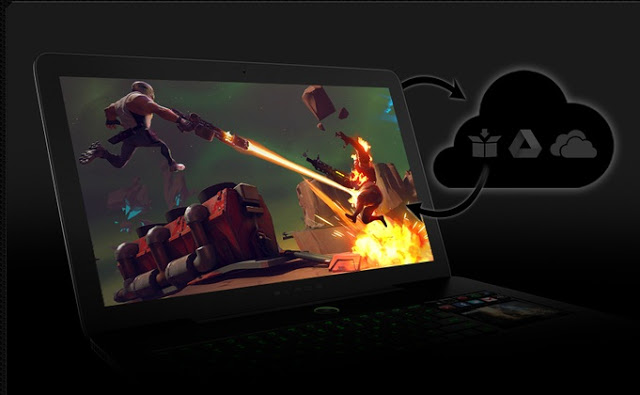 Save and Manage game progress in the Cloud on the PC
Save and Manage game progress in the Cloud on the PC Beyonces Father to Sell Destinys Child’s stuff at Garage Sale
Beyonces Father to Sell Destinys Child’s stuff at Garage Sale How Much of Your Personal Data Could Smart Devices Track?
How Much of Your Personal Data Could Smart Devices Track?